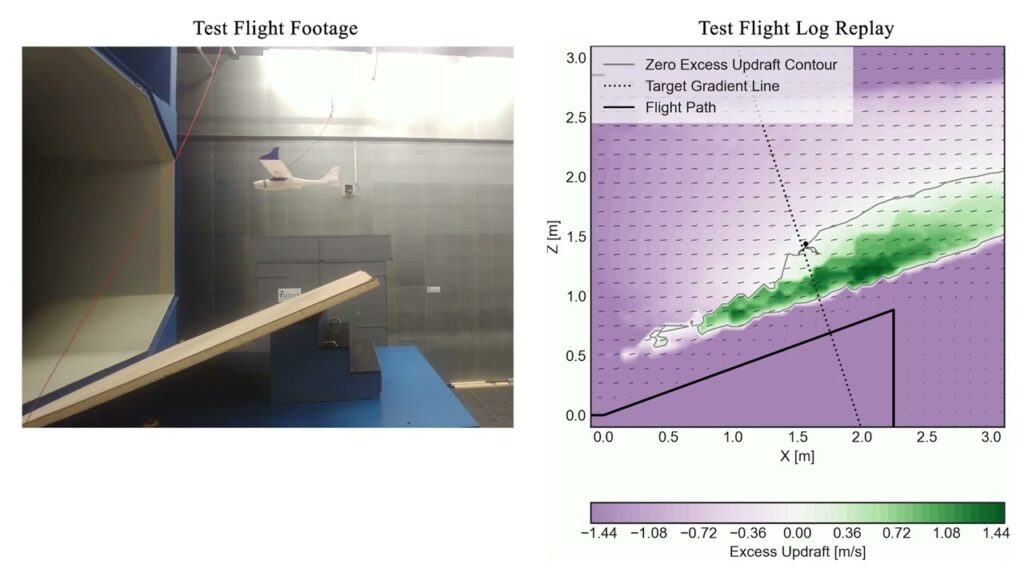Birds are extraordinary living beings: in the vast landscape of evolution, they have developed such advanced mastery of flight that technology is still trying to match. While our mechanical devices depend on batteries and motors, birds (the condor comes to mind) use air currents and their innate knowledge of the environment to glide and fly with astonishing efficiency. Through the biomimetics, we are trying to combine the perfection of nature with human ingenuity.
A team of researchers in the Netherlands took up the challenge, designing a drone that mimics the ability of birds like the condor to harness air currents.
The secret of natural flight
For millennia, man has observed with admiration and envy the birds that fly the skies. Their ability to harness air currents, glide and fly with astonishing efficiency has always been a source of inspiration. But how exactly do birds fly with so little energy? The answer lies in what researchers call “orographic flight.”
Birds such as the condor are masters of this technique: they ride the ascending currents of the wind and, to maintain a stable position, they descend at the right pace.
Condor drones and the challenge of efficiency
Modern drones, despite their advanced technologies, still have a long way to go to match the flight efficiency of birds. Most of them require a significant amount of energy to stay in the air: but imagine a drone that only needs to use its thrusters 0,25% of the time it's in the air.
That's what the Dutch researchers are working on (I'll link the paper here): Their Condor drone showed an incredible increase in efficiency of over 150 times compared to traditional drones.

The intuition of nature
But how did these researchers create such an efficient drone? The key to their success was imitating the complex biological mechanics of birds. They developed an autonomous algorithm that allows the drone to adapt to changes in the wind, just like a bird would.
This algorithm, powered by a series of sensors, including an air speed sensor, a GPS system and a camera, allows the Condor drone to “feel” its surroundings and react accordingly.
“When the wind changes, it adapts to the environment and changes its position autonomously,” says the study's lead author, Sunyou Hwang, an aerospace engineer at Delft University of Technology in the Netherlands. “He always tries to find a new position if the current one doesn't work out – he's very flexible.”
Condor drones: towards the future of flight
Although the results obtained are promising, there are still some challenges to overcome. First of all? The Condor drone has yet to be tested in real conditions, out of a wind tunnel. However, the progress made so far is a clear sign that the combination of biology and technology can lead to innovative solutions.
Perhaps, in the not-too-distant future, we'll see drones flying above us as gracefully and efficiently as the birds we've always admired.


